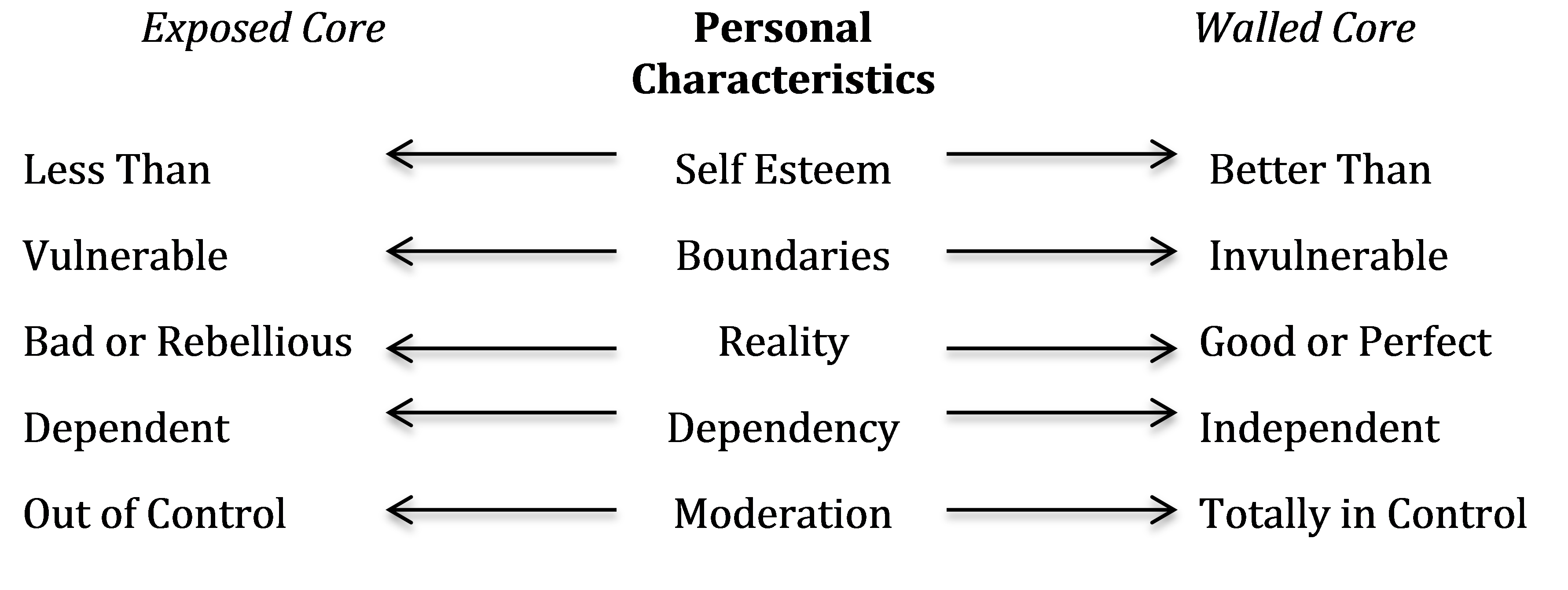Different Expressions from an Abused History
In these Newsletters we have asserted that the majority of dysfunctional behaviours kids display in schools have their origins in early childhood abuse and/or neglect. The following describes ways children, particularly but not exclusively boys have learned to respond differently when exposed to threat. I say boys because they are more likely to externalize their behaviour. Another strong response to abuse is to dissociate and eventually withdraw form any meaningful involvement in life and this has a particular gender bias. Girls are more likely to internalise and ‘dissociate’ in response to abuse. Dissociation will be discussed in a later Newsletter.
Abuse comes in various forms but it helps to discuss the nature of abuse on a continuum from a highly anticipated manner to a totally unpredictable kind. For example, let’s say a father always treats their children the same cruel way and so the children learn to expect what will happen given a certain set of circumstances. At the other end of the scale is a father who is erratic and completely unpredictable in the way he responds to that same set of circumstances. This latter style of behaviour is a common state for addicts or the seriously mentally ill and so their children have no idea what to expect, they can’t predict and subsequently fail to learn how to behave.
Therefore the hypothesis is that the developed sense of self and the resulting boundary issues reflects the environment in which it is formed. Fundamentally, boundaries are what healthy people use to protect their core sense of self from external influence. In this essay we will contrast those children who have no opportunity to develop functional boundaries with those who are raised in an abusive but predictable environment. The children will either have no protection; an exposed core to the influence of others or build walls of protection and no one gets in! Either experience results in dysfunctional behaviour and teachers should be conscious of this difference when dealing with them.
The illustration below describes these differences in terms that reflect the characteristics of children’s personality. These traits are just to facilitate the conversation. Of course human habits vary from individual to individual and so these personality features exist on a continuum but it is easier to discuss the extremes.

The model refers to the child’s core, their sense of security within the external environment. At the left we describe a child with an exposed core. These are the children raised in a chaotic environment. They are subjected to arbitrary consequences for specific behaviours. For example, say a boy gets into a fight and the father finds out. On one occasion he is praised for standing up for himself, ‘a chip off the old block’ but if he gets into another fight he might be severely punished even getting hit so he ‘knows how the other kid feels’ or maybe taken to the other child’s home where the father could make him apologise or want to fight the other kid’s father. This boy will have no way of predicting what will happen if he gets into a fight. Therefore, he will have no sense of control.
At the other end, the walled core, are the children who have been treated in an abusive manner but always in the same way. In the example this father might praise the son for ‘being a man’, ‘standing up for himself’ or being told about all the success and prestige the father got from ‘winning’ all his fights. The kid knows how to behave to get his father’s approval or avoid his wrath. ‘Encouraging’ the boy to fight is abusive and will impair his ability to form healthy relationships outside the home. The son develops a ‘sense of control’ but only in the family.
The kids with exposed cores are easy to identify at school. They will cause the most trouble in class and destroy your lessons. However, the kids who have built walls of behaviour to survive in their home build a sense of not being vulnerable. They feel they are in control, good or perfect but this belief is false. The thing is they only feel comfortable when they think they are living up to these unrealistic descriptions. To maintain this illusion they cannot consider any other possibility. These kids are harder to recognize and are not an obvious problem unless someone threatens their self-belief. When this happens they will put up this illusionary wall and refuse to change.
We need these kids to take control of their lives but on the walled end of our model interpret control as being on everything. Obviously, those out of control kids have no idea there is any chance of control of anything. The truth is we can, at best control our behaviour and appreciate we can’t make anyone else do what we want them to do. Understanding this is perhaps the most liberating bit of information a teacher can get. All you can do is provide the environment that is most likely to present the conditions that suit the other person and then they choose the action you want.
So what to do for these abused children. The message is the same as always. Provide the structured, consistent environment so the ‘out of control’ kids can build a sense of predictability and those kids behind the walls are shown there is an alternate set of outcomes for their behaviour and that they can begin to trust an alternate way of behaving that might allow them to better function in the school community.
And of course you must maintain respectful relationships with these students. Remember their behaviours have been ‘put on them’ by dysfunctional adults and while they are behaving the way they do they are doing the best they can. It will take your best effort to make a difference for these kids but that’s why you're a teacher.